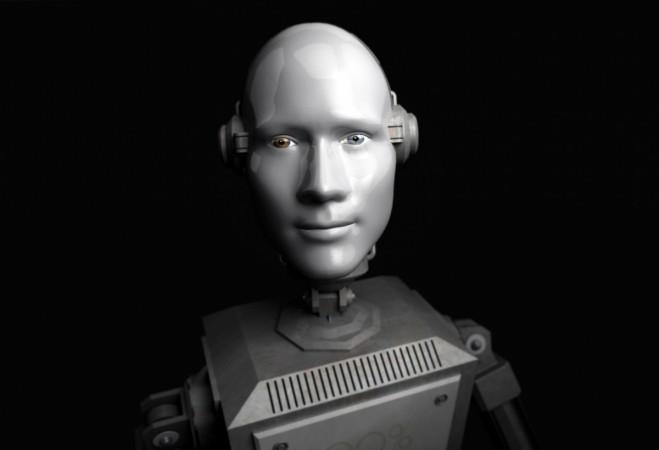
Robot is not an alien word to us anymore; however, robotic skin is not something familiar. Now, some Yale researchers have created a new technology called the "Robotic Skins." It, essentially, lets the users turn anything and everything into a robot.
Robotic skin, developed in one Rebecca Kramer-Bottiglio's lab allows users to design and create their very own robotic systems. Kramer-Bottiglio is an assistant professor of mechanical engineering and materials science at Yale.
According to the researcher, they didn't create the skin keeping anything particular in mind; however, it can actually be used for a range of tasks. This is the beauty of this technology, as most of the robots are developed with one single task in mind; whereas, this skin would let the users create multi-functional robots. The team published their work on this robotic skin in Science Robotics.
The creators developed this skin with elastic sheets. They also embedded actuators and sensors into the sheets. Once one places this skin on a deformable object, such as a stuffed animal, the skin animates them from their surfaces.
"We can take the skins and wrap them around one object to perform a task -- locomotion, for example -- and then take them off and put them on a different object to perform a different task, such as grasping and moving an object. We can then take those same skins off that object and put them on a shirt to make an active wearable device," said Professor Kramer-Bottiglio.
One can also use multiple numbers of skins to create more complex systems.
In order to show how the skin works, the researchers created a number of prototypes. For example, foam cylinders that shift from one place to another like an inchworm or a wearable tech device that is aimed at correcting bad postures.
Professor Kramer-Bottiglio informed that the system was created in collaboration with NASA and the multiple functionalities of the robotic skin would help the astronauts in completing a bunch of tasks. These skins are also reusable. So, astronauts can use it to make multiple devices.
"One of the main things I considered was the importance of multifunctionality, especially for deep space exploration where the environment is unpredictable. The question is: How do you prepare for the unknown unknowns," she added.









!['Had denied Housefull franchise as they wanted me to wear a bikini': Tia Bajpai on turning down bold scripts [Exclusive]](https://data1.ibtimes.co.in/en/full/806605/had-denied-housefull-franchise-they-wanted-me-wear-bikini-tia-bajpai-turning-down-bold.png?w=220&h=138)



